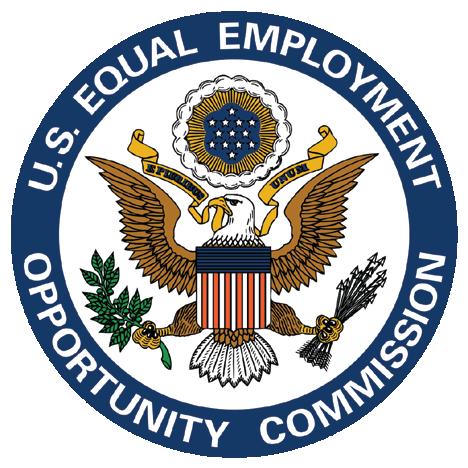
3 minute read
2022 Annual EEOC Performance Report
By G. GERARD JABALEY*
The Equal Employment Opportunity Commission (“EEOC”) recently released its 2022 Annual Performance Report. A few statistics are attention worthy, as employers of all varieties grapple with how to recruit, onboard, and retain talent in a fluid and unpredictable economy (in which there are roughly 11 million unfilled jobs).
From Fiscal Year 2016 through 2021, the total number of charges filed has steadily decreased from 91,503 (2016) to 61,331 (2021). However, in FY 2022, the total number of charges filed increased to 73,485 –almost a 20% increase. Additionally, the EEOC collected more than $513 million in monetary benefits for “victims of discrimination,” as compared to roughly $484 million in FY 2021 – almost a $30 million increase. Employers should take note of these two upward trends, as it indicates both that more applicants, employees, and former employees are pursuing charges against employers and that the EEOC is vigorously pursuing monetary resolutions (in addition to other non-monetary compliance). Employers should anticipate this upward trend to continue for the duration of the Biden Administration.
In its March 23, 2023, press release, the EEOC states that during FY 2022 it focused on several issues, including “systemic discrimination, advancing racial justice in the workplace, enforcing pay equity, and addressing the use of artificial intelligence in employment decisions.” For those who work with and monitor the EEOC, systemic discrimination claims have been an enforcement focus point for at least the last decade. The relevant issue is the vigor with which the EEOC pursues same. It is no surprise that with President Biden at the helm, the EEOC is empowered and motivated to use systemic discrimination investigations to make examples of employers who intentionally discriminate against groups of employees based on their protected status.
The second focus point (advancing racial justice) uses terminology that has recently become popular in America, and which aligns with the EEOC’s corresponding focus on “diversity, equity, inclusion, and accessibility”. While the EEOC does not specifically define their interpretation of “advancing racial justice”, the examples provided in the Annual Report reflect the type of race harassment and discrimination matters that human resources professionals and employment law practitioners have seen and contended with for decades. The unresolved issue is to what extent and how the EEOC intends to pursue “racial justice” and DEI narratives in its outreach and enforcement initiatives. It will be very interesting to see whether the EEOC intends to focus on its long-standing pursuit of “equality of opportunity” or shift to a path geared toward “equality of outcome”, which is one that can result in discrimination as well.
The third focus point, pay equity, is another longstanding enforcement initiative. While most public discussion focuses on big picture pay data points, those that have studied the issue in detail know that it is far more complicated and less obvious than the narrative that is generally conveyed to the public. Nonetheless, employers are well advised to ensure that they periodically audit their pay practices and pay ranges to ensure they are not inadvertently discriminating against any group of employees in the process. This is especially true given the recent pay rate increases caused by the significant increase in inflation in the past 12-18 months, which in many situations has distorted pay ranges between new employees and more tenured employees.
The last focus point, the use of artificial intelligence, is truly an issue on the new frontier. Employers are rapidly leveraging technology to drive efficiency at all levels, including hiring, evaluating employee performance, and many operational metrics. While this article is not intended to provide an in-depth analysis of this issue, suffice it to say that when implementing AI software that is involved in making valuebased decisions about applicants and employees, employers need to institute sufficient quality control oversight functions to help mitigate the potential risk such AI platforms bring to the equation.

For those who closely follow EEOC charge statistics, the primary liability exposure issues remain steady. Employers need to appropriately focus on who is an employee, as opposed to an independent contractor, which is unfortunately something of a moving target these days. Employers also need to focus on mitigating liability exposure based on retaliation, disability discrimination, and harassment claims (primarily based on sex and race, but also disability, national origin, and religion). Those three issues easily constitute the most numerous and problematic EEOC charges employers are likely to encounter.
We are experiencing an unpredictable and difficult economic situation, as well as a highly polarized political situation with another presidential election looming, both of which impact our workplaces and inevitably affect recruitment, retention, and liability exposure. Focusing on the essentials of how to appropriately hire, onboard, coach/counsel, discipline, terminate, and accommodate (disability and religion) are your best defenses in today’s employment law world.
*Contributing author, Fred R. Bissinger
G. Gerard Jabaley, Member Wimberly Lawson Wright Daves & Jones PLLC Knoxville, Tennessee office gjabaley@wimberlylawson.com











